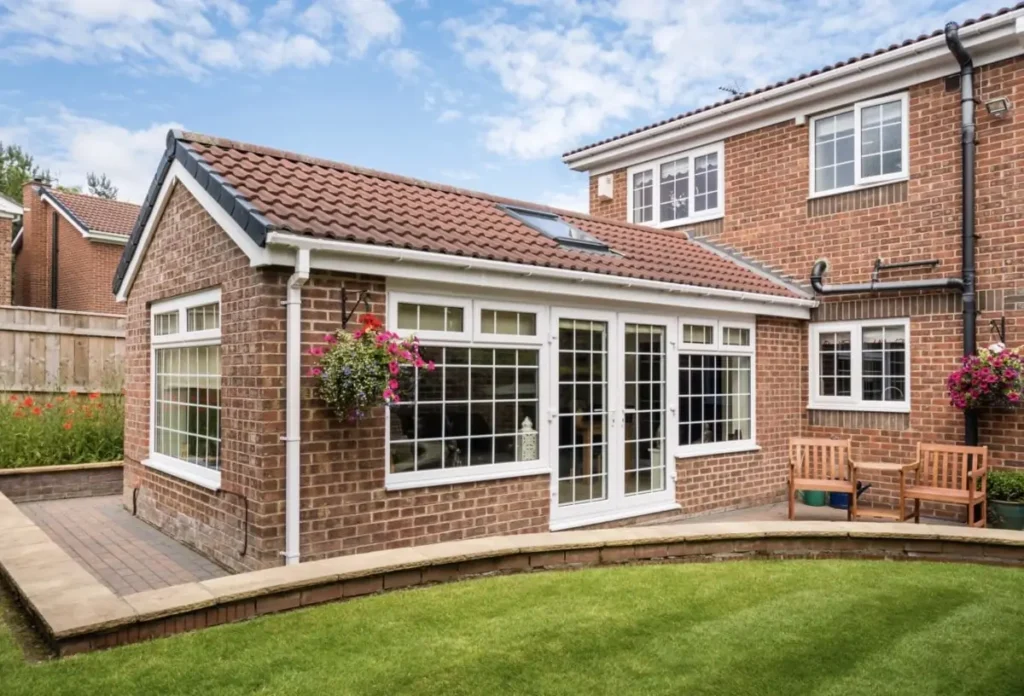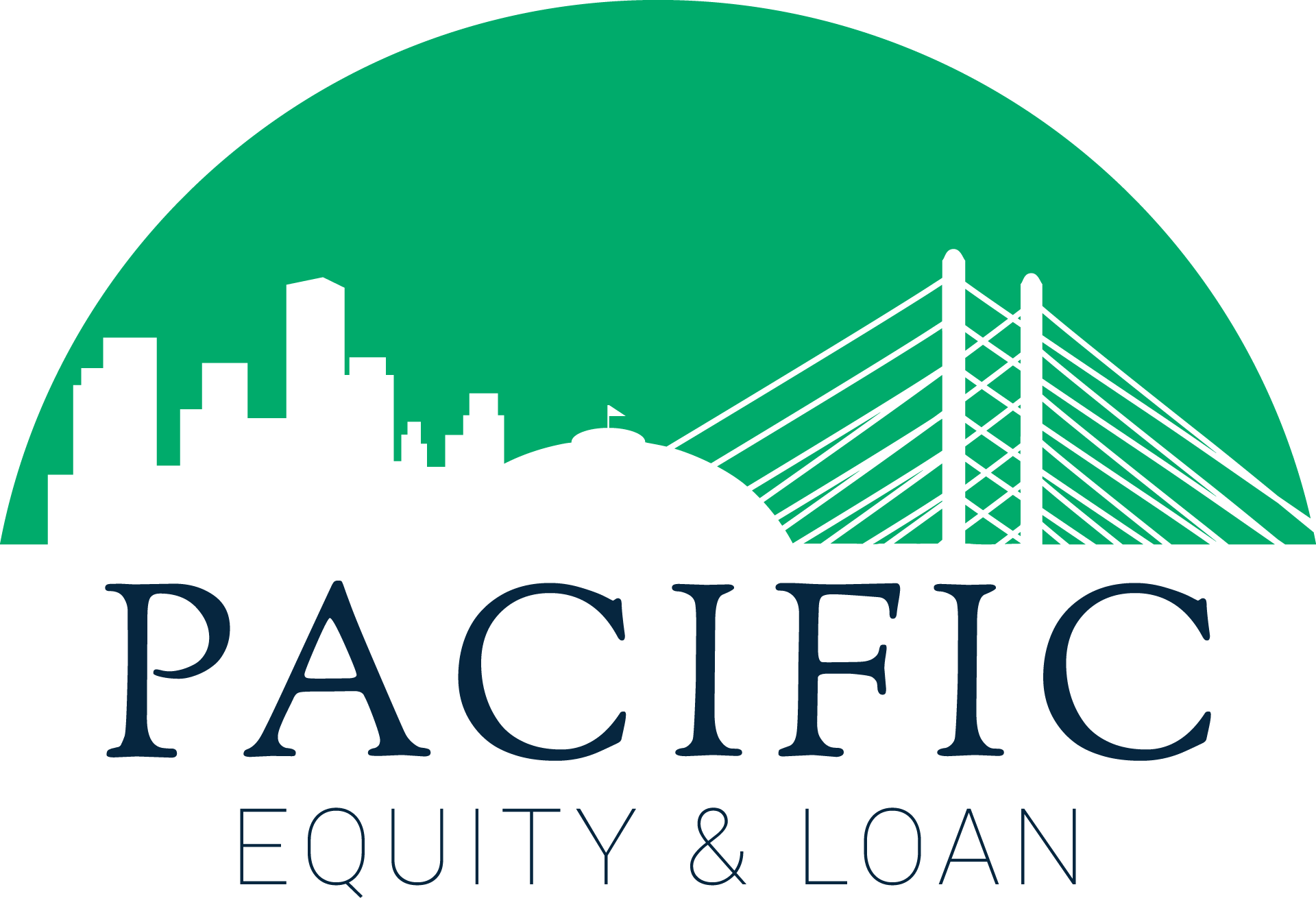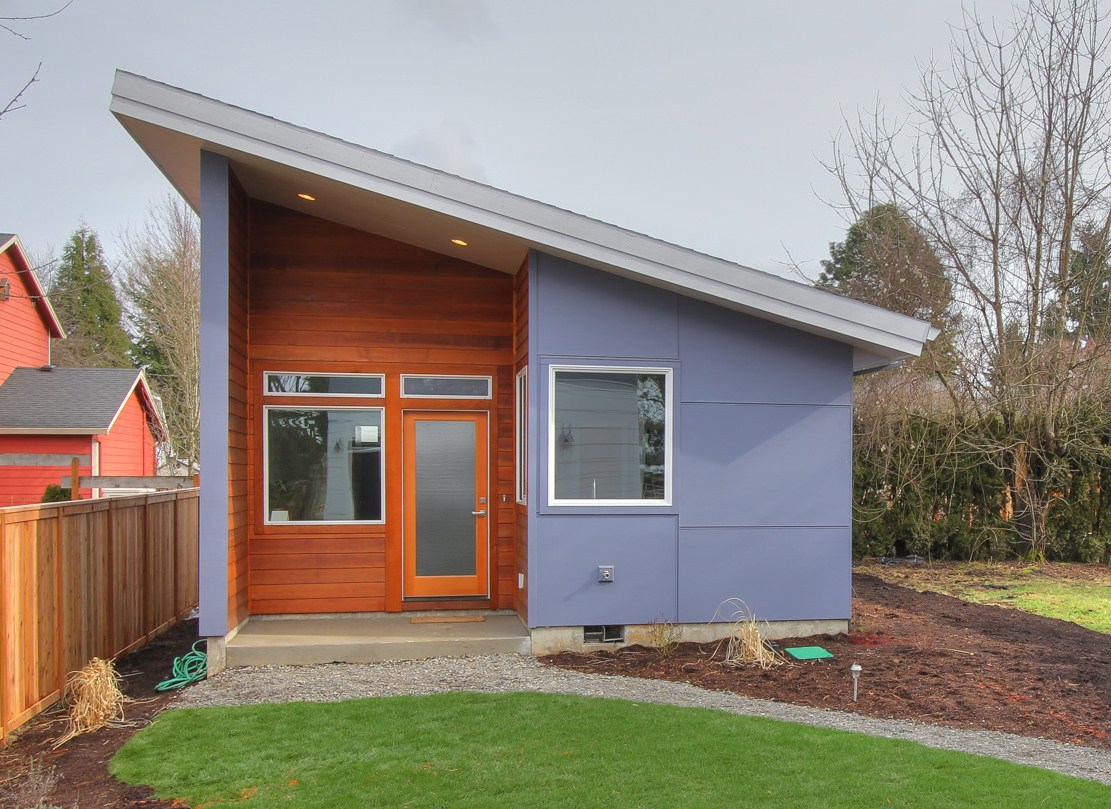In mid-19th century America, multigenerational living was the norm. Fast forward to after World War II, and the average American opted for life in suburbia. The idea of a two-generational Nuclear family became the new norm. With new job opportunities, fewer immigrants, and the rise of retirement communities; the decline of multi-generational family households was inevitable. However, over the past half century, many different combined forces are gradually reintroducing the idea of multiple generations living together.
According to the Pew Research Center, a quarter of adults aged 25 to 34 now reside in multigenerational households, defined as homes with two or more adult generations. Additionally, research from scholars at the Wharton School at the University of Pennsylvania reveals that almost half of young adults aged 18 to 29 currently live with their parents, a level not seen since the Great Depression and comparable to the 1940s.

The surge in multigenerational living can be attributed to various factors. When Pew surveyed individuals in these households, financial concerns emerged as the primary driver for moving in with family. Susan Wachter, a real estate professor at Wharton, points out that during challenging economic periods, younger adults tend to move back home but have not been leaving in recent years, despite a strong job market. After analyzing the data, Wachter and two other researchers discovered that housing affordability was a significant issue from 2000 to 2023, reaching its lowest point in 40 years in 2023.
The financial benefits of multi-generational living are clear: Sharing expenses and responsibilities makes it easier for everyone to work and pursue their careers. Moreover, the escalating costs and workforce shortages in caregiving have also played a role in the increase of multigenerational households. About a third of those surveyed by Pew stated that caregiving, whether for children, elders, or others, was the main reason for residing in a multigenerational setting.
Another reason, multigenerational housing is becoming more popular: America is getting less white. Homeownership among Asians and Hispanics in the U.S. has hit an all-time high, reaching 63.3% and 51.1%, respectively, according to the National Association of REALTORS®’ 2024 Snapshot of Race and Home Buying in America. With this being said, Hispanic and Asian individuals, particularly immigrants, are more inclined to reside with extended family members. Additionally, Black families have a long-standing tradition of embracing such living arrangements.
In numerous cultures globally, multigenerational households are not uncommon; in fact, they are considered the standard practice, often continuing even after marriage.

Investment Property Renovations for the Multigenerational Living Trend
For real estate investors looking to capitalize on the rising multigenerational living trend, certain property features and renovations can make a home more appealing to extended families.
- Converting garages or basements into accessory dwelling units (ADUs) or mother-in-law suites can provide self-contained living spaces that offer privacy while still allowing family proximity.
- Open floor plans that combine living, dining and kitchen areas create communal spaces ideal for multigenerational gatherings.
- Enhancing accessibility with additions like ramped entries, wide doorways and first-floor bedrooms/bathrooms can better accommodate elderly relatives.
- Features like multi-zoned HVAC systems, separate entrances and amenities like small kitchenettes can further adapt a property for comfortable multigenerational living.
With strategic renovations, investors may be able to unlock higher rents or sales prices by creating inviting spaces for extended families to live together under one roof.

Empowering Investors to Succeed in Any Market
At Pacific Equity & Loan, we understand the roadblocks investors currently face with high interest rates and low housing inventory. That’s why our team is closely analyzing emerging trends like the rise in multigenerational households. By identifying opportunities in this growing segment, we can advise clients on smart investment renovations and property acquisitions tailored to modern living needs.
In challenging times, adapting to new trends and buyer needs is crucial for investment success. Pacific Equity & Loan remains committed to empowering our clients with the latest market insights and customized financing solutions to navigate today’s landscape profitably.







